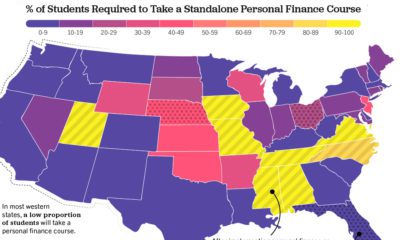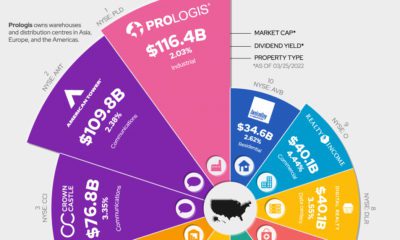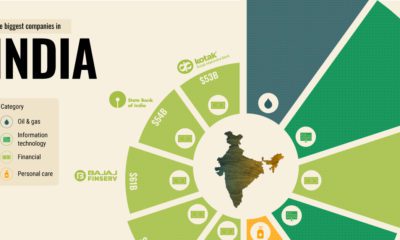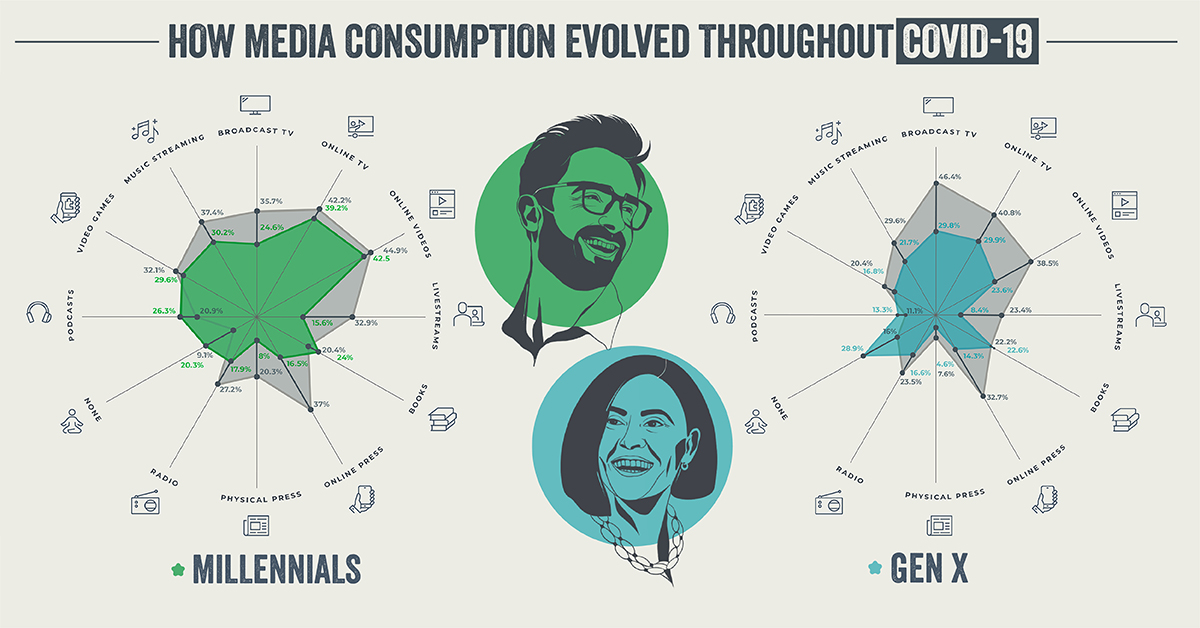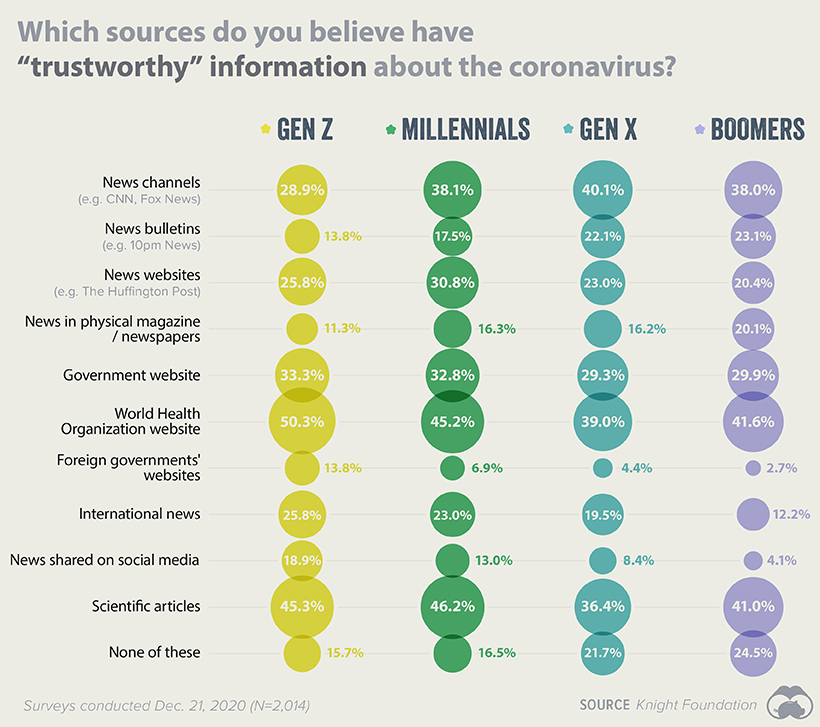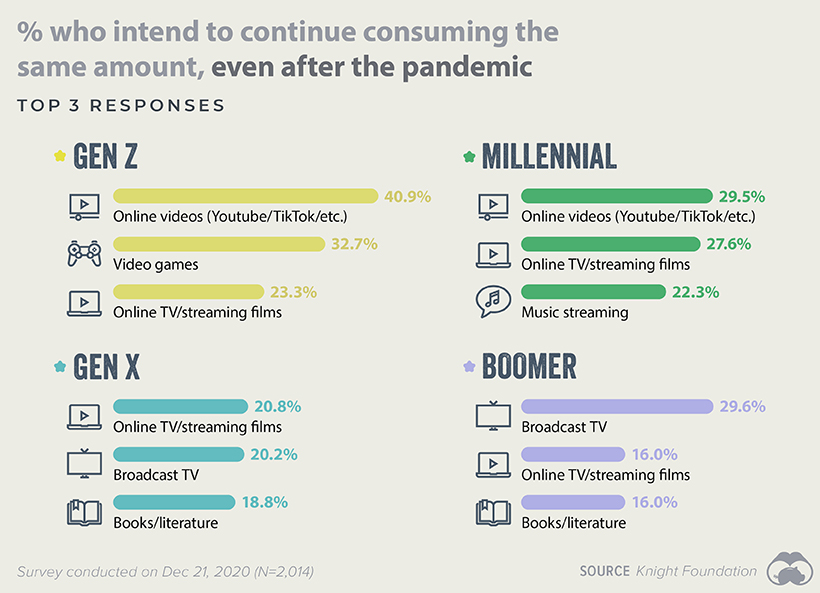The time is ripe for financial innovation: new technologies are helping end users skip past gatekeepers and intermediaries to customize their use of financial products. Meanwhile, many of the same technologies are also erasing the inefficiencies of banks and other financial institutions to cut costs in ways the industry never deemed possible. Lastly, innovations such as the blockchain are changing the way banks approach their most basic mechanisms – as a result, even the most fundamental practices in banking are evolving. Payments, personal finance, P2P lending, insurance, digital banking, equity crowdfunding, smart contracts, and digital currencies are just some of the areas that are of interest in the fintech landscape.
Financial Innovation via Technology
There’s heavy competition in the fintech space and no shortage of moving parts. However, this infographic from DealSunny helps to put most things in perspective. (Note: we did notice a lack of information on blockchain tech here, but otherwise it is a good introduction.)
How will incumbents in the financial realm react to the fintech revolution? That is one of the more interesting questions that is arising now. Close to a year ago, it was clear that many financial executives were unaware of key fintech startups. However, this appears to be changing fast as fintech companies pose more of a threat. Incumbents have two options: (1) they can compete by developing proprietary technology or working closely with fintech startups that know what they are doing, and (2) they can buy the fintech companies that are leading the race to scale. We are already seeing companies like Visa and Mastercard diving head first into the P2P payments business. The infrastructure they are using is clearXchange, a network jointly developed by Bank of America, Capital One, JPMorgan Chase, US Bank, and Wells Fargo. As another example, the big banks are also trying to fight robo-advisors by boosting their online wealth management offerings. However, if fintech companies end up eating the lunch of staid financial institutions – these incumbents will be forced to pay a heavy price. A robo-advisor like Wealthfront already has $2 billion of assets under management, and it won’t be long before the acquisition cost of such a company could literally break the bank.
on Media consumption spiked in the early days of the COVID-19 outbreak as Americans actively sought information and entertainment while at home. Whether this changed over the course of 2020 remains unclear, however. To dive deeper into the issue, this infographic explores each generation’s shifts in media consumption habits as the pandemic wore on. Further below, we’ll also examine which media sources Americans deemed to be the most trustworthy, and why consumption habits may have changed for good.
Changes in American Media Consumption, by Generation
The data in this infographic comes from two surveys conducted by Global Web Index (GWI). The first was completed in April 2020 (N=2,337) and asked participants a series of questions regarding media consumption during COVID-19. To see how consumption had changed by the end of the year, the John S. and James L. Knight Foundation commissioned GWI to complete a follow-up survey in December 2020 (N=2,014). The following tables provide a summary of the results.
Gen Z
Unsurprisingly, a significant percentage of Gen Z reported an increase in digital media consumption in April 2020 in comparison to pre-pandemic habits. This bump was driven by higher use of online videos, video games, and online TV/streaming films. By December 2020, these media categories became even more popular with this cohort. Most notably, podcasts saw the highest increase, jumping almost 15% by the end of the year. The popularity of traditional outlets like broadcast TV and radio declined from their April 2020 highs, though they are still up relative to pre-pandemic levels for Gen Z survey respondents.
Millennials
Results from the December 2020 survey show that Millennials trimmed their media consumption from earlier in the year. This was most apparent in news outlets (online and physical press), which saw double digit declines in popularity relative to April. Books and podcasts were the only two categories to capture more interest from Millennials over the time period. It’s also worth noting that the percentage of respondents who said “none” for media consumption rose to 20.3%, up significantly from 9.1% in April. Possible factors for the increase in “none” responses include easing government restrictions and a return to more normal work schedules.
Gen X
The media consumption habits of Gen X developed similarly to Millennials over the year. Broadcast TV and online press saw the largest declines over the time period, while once again, podcasts and books were the only two categories to capture more interest relative to April. The percentage of respondents reporting “none” rose to 28.9%—a slightly higher share than that of Millennials.
Boomers
Media consumption trends among Baby Boomers were mixed, with some categories increasing and others decreasing since April. Broadcast TV saw the biggest decline in usage of all media types, but remained the most popular category for this cohort. Boomers also had the largest share of “none” respondents in both studies (23.0% in April and 31.0% in December).
Where do Americans Go For Trustworthy News?
To learn more about American media consumption—particularly when it came to staying updated on the pandemic—survey respondents were asked to confirm which of the following sources they found trustworthy.
The deviations between each generation don’t appear to be too drastic, but there are some key takeaways from this data. For starters, Gen Z appears to be more skeptical of mainstream news channels like CNN, with only 28.9% believing them to be trustworthy. This contrasts the most with Gen X, which saw 40.1% of its respondents give news channels the thumbs up. This story is flipped when we turn to the World Health Organization (WHO). Gen Z demonstrated the highest levels of trust in information published by WHO, at 50.3% of respondents. Only 39.0% of Gen X could say the same. By far the least trustworthy source was foreign governments’ websites. This category had the lowest average approval rating across the four generations, and scored especially poor with Boomers.
The Lasting Effects of the Pandemic
Habits that were picked up during 2020 are likely to linger, even as life finally returns to normal. To find out what’s changed, respondents were asked which categories of media they expected to continue consuming in elevated amounts. The chart below shows each generation’s top three responses.
Note that the top three for both Gen Z and Millennials are all digital and online categories (video games can be played offline, but the majority of popular titles are online). This contrasts with the preferences of Gen X and Boomers, who appear to be sticking with more traditional outlets in broadcast TV and books. With consumption habits of younger and older Americans moving in opposite directions, advertisers and media companies will likely need a clear understanding of their target audiences in order to be successful.





